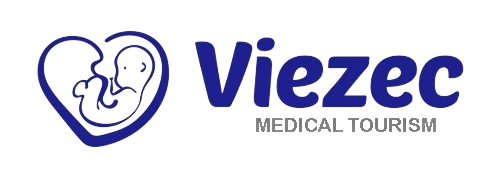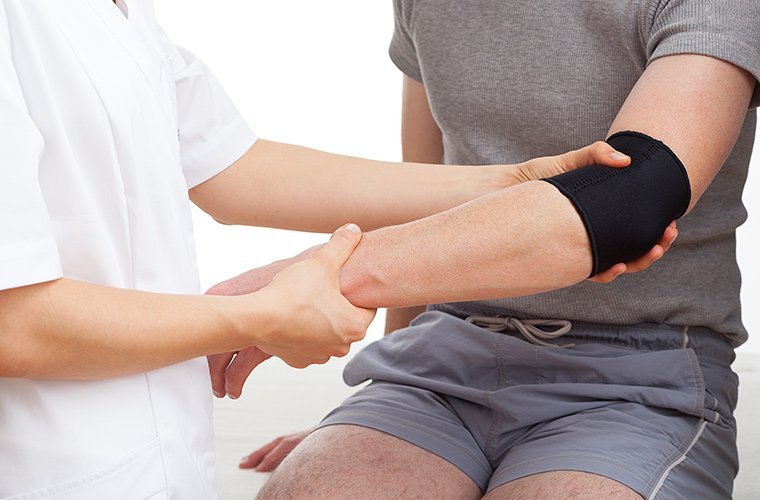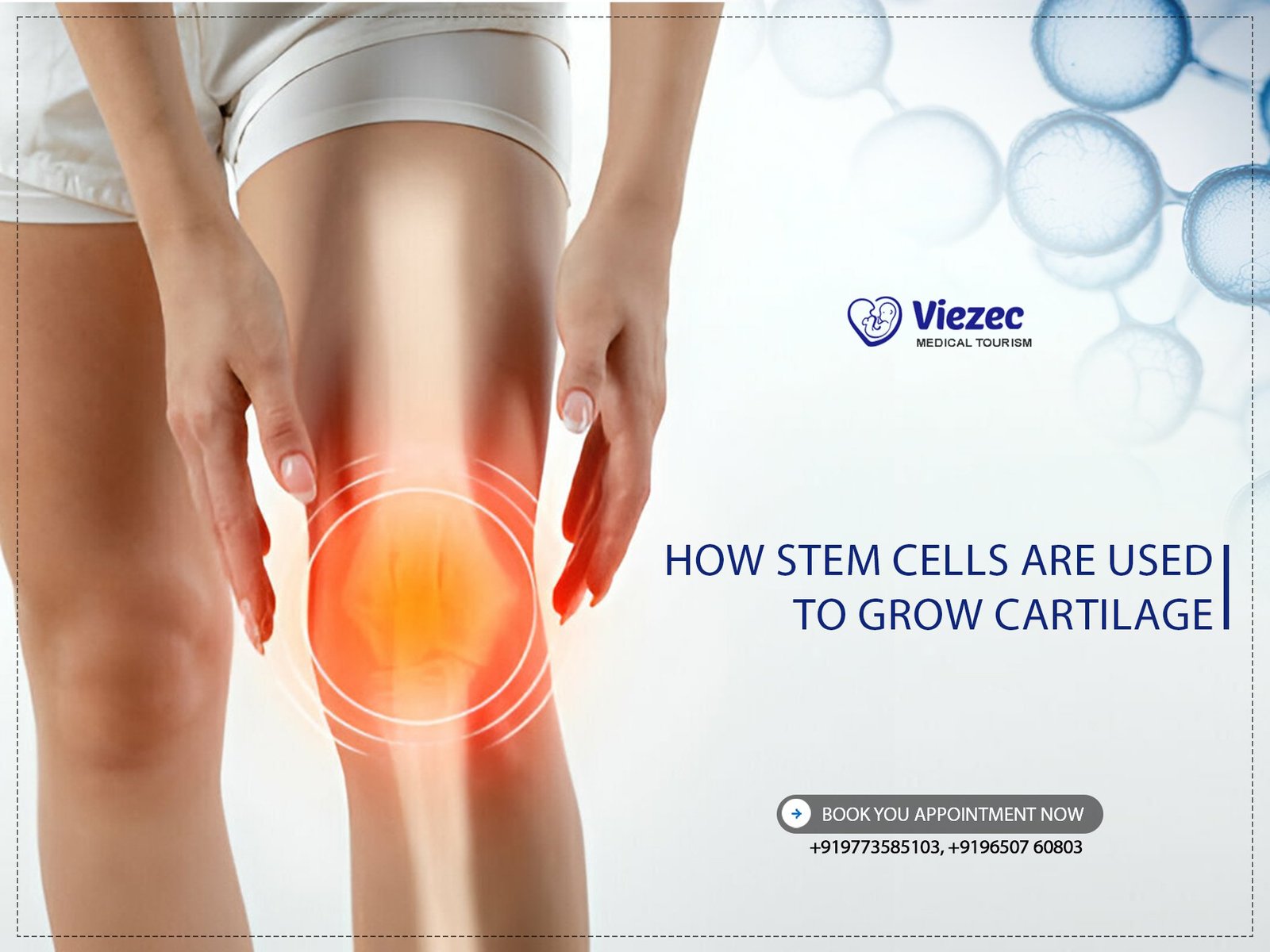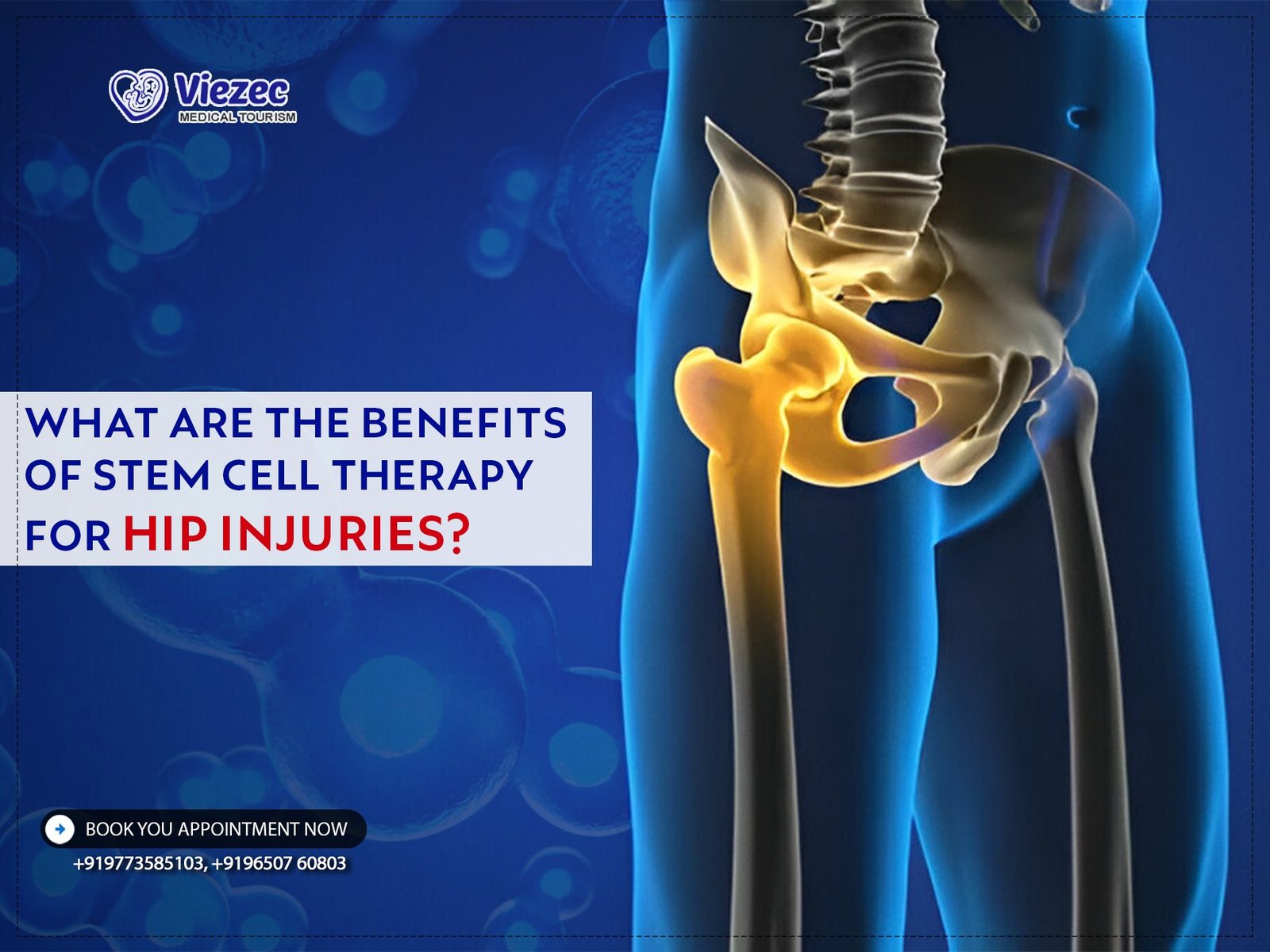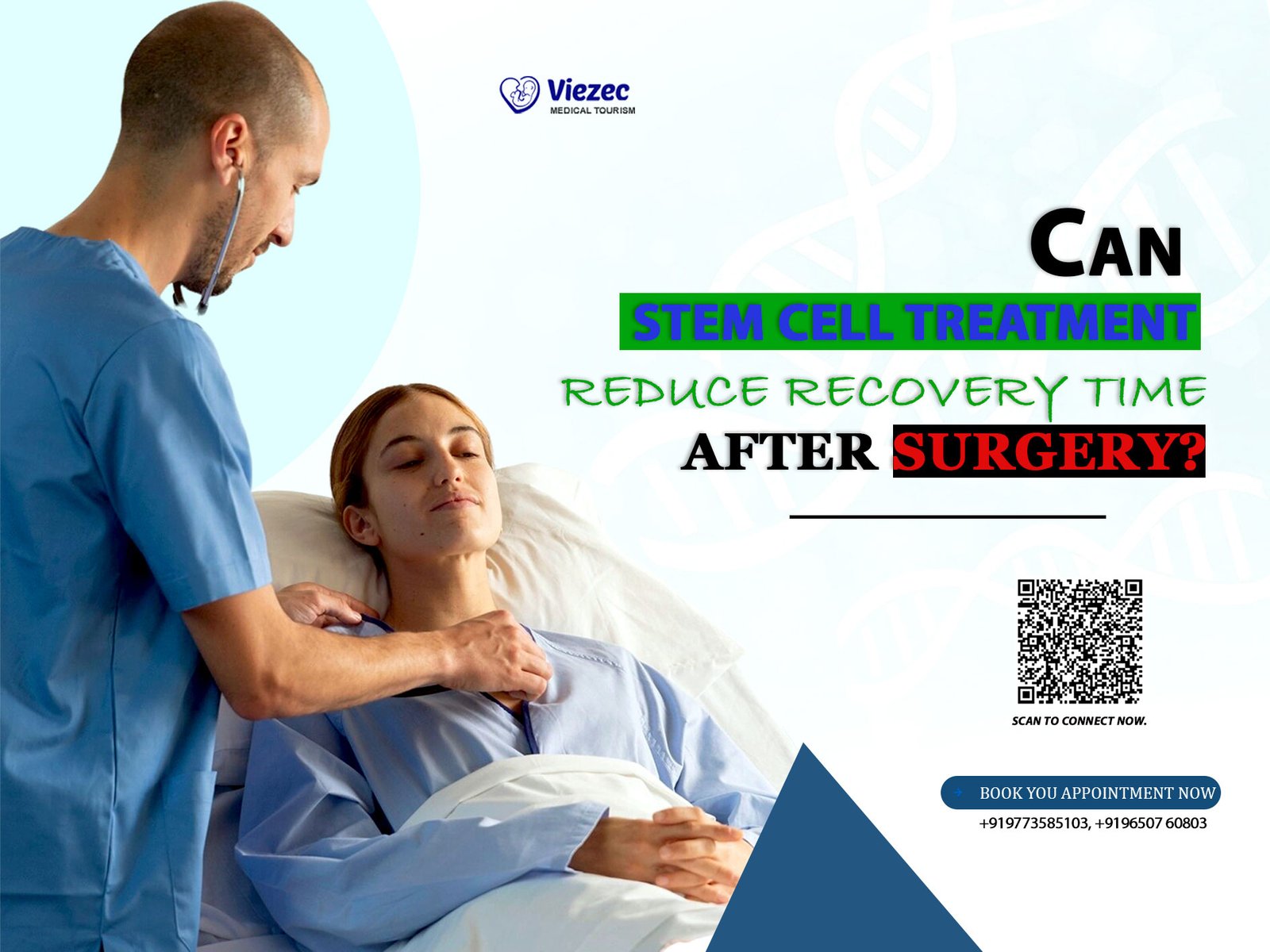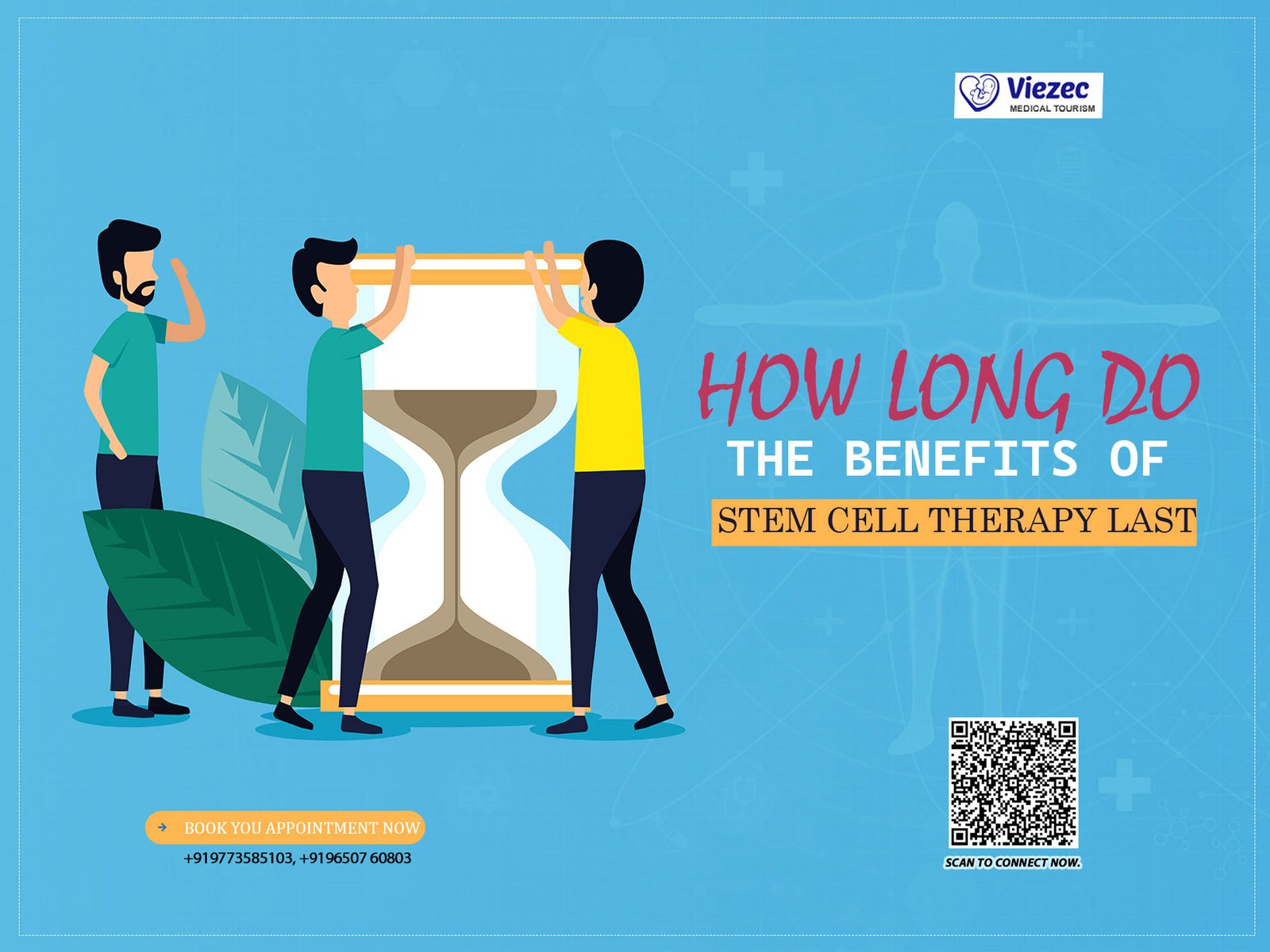Tennis elbow, also known as lateral epicondylitis, is a painful condition caused by overuse or strain of the elbow tendons, especially through repetitive wrist and arm motions. Despite its name, this condition isn’t limited to athletes. Anyone who performs frequent arm movements—like painters, carpenters, typists, or even home cooks—can develop tennis elbow.
In this guide, we’ll walk you through the common symptoms and effective treatments for tennis elbow. Early diagnosis and proper care can go a long way in preventing long-term damage and speeding up recovery.
Common Symptoms of Tennis Elbow
Pain and Tenderness
The hallmark symptom is pain on the outer part of the elbow, which may radiate down the forearm. It usually starts as mild discomfort but can worsen over time, especially during activities like lifting, gripping, or shaking hands. Pain tends to intensify when using your forearm, such as when holding a coffee mug or turning a doorknob.
Stiffness
Many individuals experience stiffness in the elbow joint, especially in the morning or after a period of rest. This can limit your arm’s range of motion, making it difficult to carry out routine tasks comfortably.
Weakness in the Forearm
As the condition progresses, you may notice decreased grip strength or difficulty holding onto objects. This happens because the damaged tendons affect your ability to stabilize and control forearm movements. Simple tasks like opening jars or lifting bags can suddenly feel strenuous.
Numbness and Tingling
Although less common, some patients report tingling sensations or numbness in the forearm, wrist, or fingers. This may be due to nerve irritation or swelling near the elbow. If you’re experiencing these sensations along with pain, it’s a sign to seek medical attention promptly.
How Tennis Elbow Is Diagnosed
Physical Examination
A healthcare provider will typically begin with a physical assessment, checking for tenderness around the elbow and asking you to perform specific movements that may trigger the pain. You might be asked to straighten your fingers or wrist against resistance, helping the doctor locate the affected tendon.
Imaging Tests
If symptoms are unclear or don’t improve, your doctor might recommend imaging tests like:
-
X-rays – to rule out bone conditions like arthritis or fractures.
-
MRI or ultrasound – to get a closer look at the soft tissues, tendons, and ligaments around your elbow.
These tests help confirm the presence of inflammation or tendon damage and ensure accurate diagnosis.
Treatment Options for Tennis Elbow
There are various treatment routes depending on the severity of your symptoms. Let’s look at them in detail.
Self-Care Measures
Many cases of tennis elbow respond well to home-based care:
-
Rest: Avoid repetitive motions and give your arm time to heal.
-
Ice: Apply cold packs for 15–20 minutes several times a day to reduce swelling.
-
Pain Relief: Over-the-counter medications like ibuprofen or naproxen can help manage pain and inflammation.
-
Stretching: Gentle forearm and wrist stretches can enhance flexibility and prevent stiffness.
Consistency with these simple measures often yields noticeable relief within a few weeks.
Physical Therapy
A licensed physical therapist can design a personalized rehab plan, focusing on:
-
Strengthening the forearm muscles
-
Improving flexibility
-
Relearning safe movement patterns
Therapy also includes manual techniques and therapeutic exercises that target tendon healing and restore mobility.
Bracing or Taping
Wearing an elbow brace or forearm strap can reduce strain on the affected tendons. These aids redistribute force across your arm, making daily tasks less painful. Athletic taping also offers temporary support during physical activities. Always consult your doctor or therapist before using a brace long-term.
Corticosteroid Injections
If conservative treatments don’t work, a corticosteroid injection may be recommended. These anti-inflammatory injections can offer quick relief, especially for acute flare-ups. However, they’re generally not a long-term solution and should be used cautiously, as repeated injections may weaken the tendon.
Surgery (in Severe Cases)
Surgical treatment is rare and reserved for chronic or resistant cases. The procedure usually involves:
-
Removing damaged tendon tissue
-
Reattaching healthy tissue to the bone
Recovery can take several weeks to months, but surgery is often effective when all else fails.
The Path to Recovery: Put an End to Tennis Elbow Discomfort
Living with tennis elbow can be frustrating, especially when it affects your ability to work, play, or even do household chores. But with early diagnosis, the right treatment approach, and lifestyle changes, most people recover without needing surgery.
At Viezec, we offer advanced regenerative therapies, including stem cell treatments that promote natural tendon repair and reduce inflammation. These non-invasive options are customized to your needs and designed to restore function while minimizing downtime.
Take the First Step Toward Healing
Don’t let elbow pain limit your life. Reach out to our experts at Viezec to explore innovative, patient-focused solutions that can help you regain strength, flexibility, and confidence.
Book a consultation today and move one step closer to a pain-free future.
FAQs
1. What is the main cause of tennis elbow?
Tennis elbow is usually caused by repetitive motions that strain the forearm muscles and tendons, especially those near the outer elbow. Activities like typing, painting, lifting, or playing racquet sports can all contribute to this overuse injury.
2. How do I know if I have tennis elbow or something else?
If you feel pain or tenderness on the outer part of your elbow, especially when gripping or lifting objects, you might have tennis elbow. However, a doctor can confirm the diagnosis through a physical exam or imaging tests to rule out other conditions like arthritis or nerve entrapment.
3. Can tennis elbow go away on its own?
Yes, in many cases, tennis elbow improves with rest, ice, and over-the-counter pain relief. However, if symptoms persist beyond a few weeks or interfere with daily activities, medical treatment or physical therapy may be necessary.
4. How long does it take to recover from tennis elbow?
Recovery time varies. Mild cases may improve in a few weeks with self-care, while more severe or chronic cases can take several months. Physical therapy, bracing, or even regenerative treatments like stem cell therapy can help speed up healing.
5. Is physical therapy really effective for tennis elbow?
Absolutely. Physical therapy is one of the most effective nonsurgical treatments for tennis elbow. It helps reduce pain, restore range of motion, and strengthen the forearm to prevent future injury.
6. Are corticosteroid injections safe for tennis elbow?
Corticosteroid injections can provide quick relief for pain and swelling, but they’re usually recommended only for short-term use. Repeated injections can weaken the tendons, so they should be used sparingly and under professional supervision.
7. When is surgery needed for tennis elbow?
Surgery is considered only when other treatments fail after 6–12 months. It involves removing damaged tissue and is generally successful, but most people recover without needing surgery.
8. Can stem cell therapy help with tennis elbow?
Yes, regenerative treatments like stem cell therapy are showing promise in healing tendon injuries like tennis elbow. They work by promoting natural repair and reducing inflammation—offering a non-surgical alternative for chronic cases.
